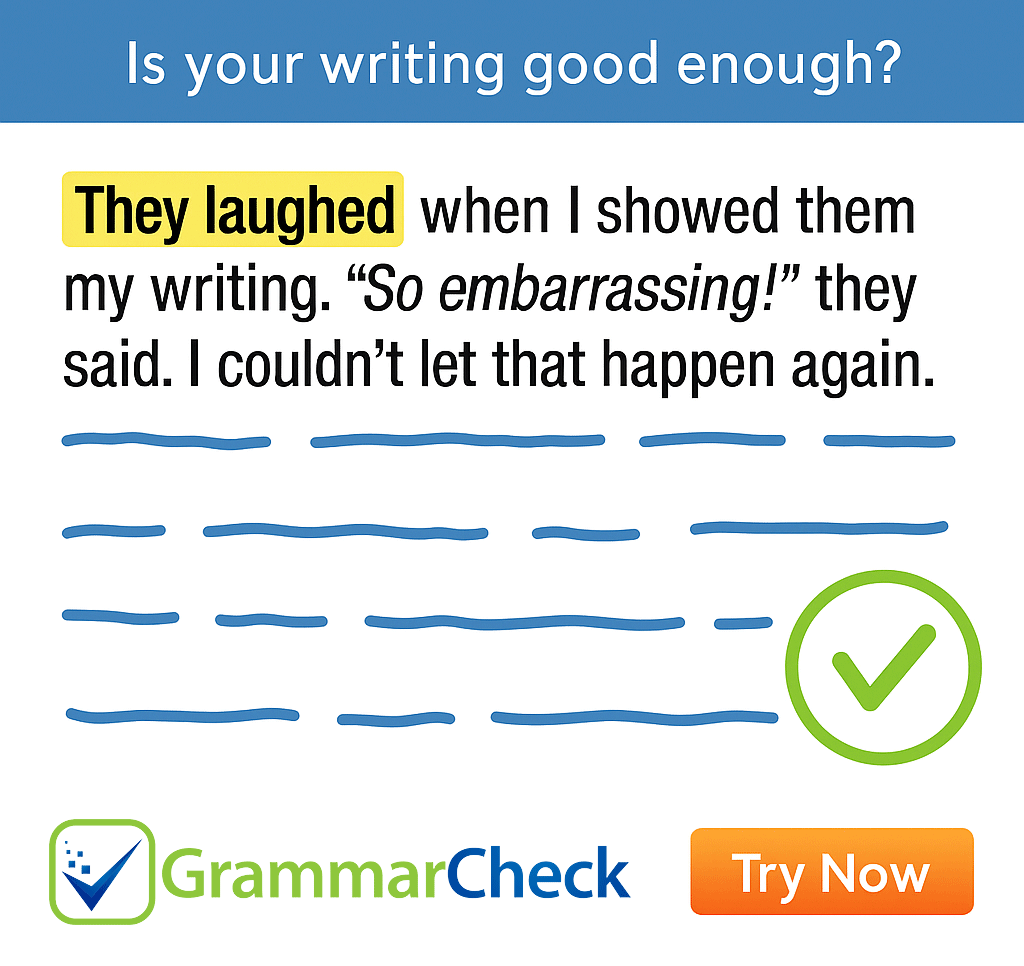If you are a beginner, you can use these simple sentence patterns to start writing in English
Sentences in all languages follow certain patterns. There are several sentence patterns in English. Only the simplest patterns are explained in this article.
An English sentence must have two parts: a subject and a verb.
The subject is what the sentence is about. It is usually the name of a person or thing. It is almost always a noun or a pronoun.
Examples are: John, Mary, Alice, Peter, India, country, bird, flower, I, you, he, she, it, we, they etc.
Verb
The verb indicates an action. Examples are: work, sing, dance, play, write, run etc.
The auxiliaries be (is, am, are, was and were), have (has, have, had) and do (do, does and did) can also act as verbs.
- I am a teacher.
- She did a stupid thing.
- I have a car.
- She is wonderful.
Noun
Nouns are the names of people, places or things. Examples are: book, pen, apple, boy, teacher etc.
Most nouns have singular and plural forms.
Examples are: book -> books, bird -> birds, flower -> flowers
There are also some nouns that do not have a plural form. These are called uncountable nouns.
Adjective
An adjective is a describing word. It tells us how someone or something is.
Examples are: big, small, kind, nice, beautiful etc.
Prepositional phrase
A prepositional phrase is a group of words that begins with a preposition.
Prepositional phrases usually indicate time or place. Examples are: in the morning, on the roof, at their place etc.
Writing simple sentences
The simplest sentence uses the verb be.
Examples are given below.
Form: Noun (subject) + be + noun
When you use this pattern, the noun that follows the verb ‘be’ says who or what the subject is.
- I am a teacher.
- She is my sister.
- Susie is a journalist.
When the noun is singular, we usually use an article (a, an, the) or another determiner (my, this, that) with it. Plural nouns can be used with or without an article.
- They are boys.
- We are workers.

